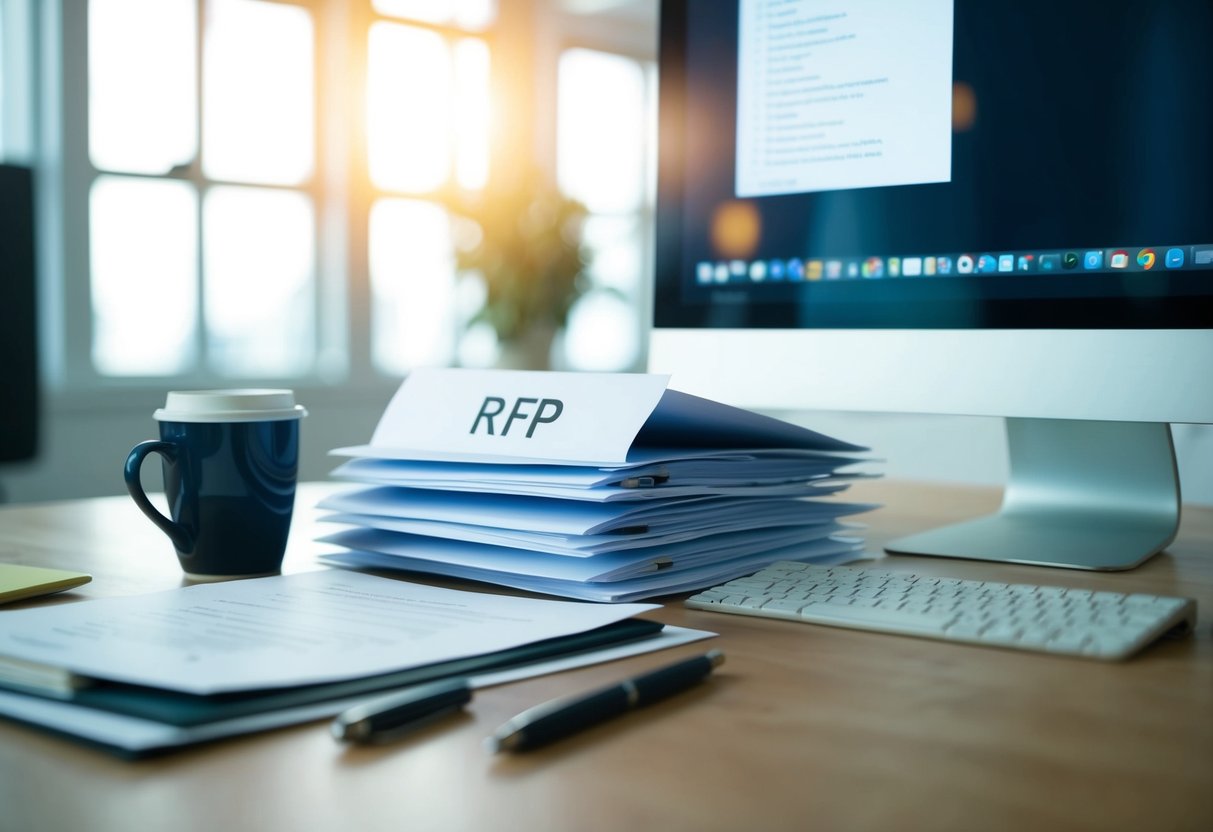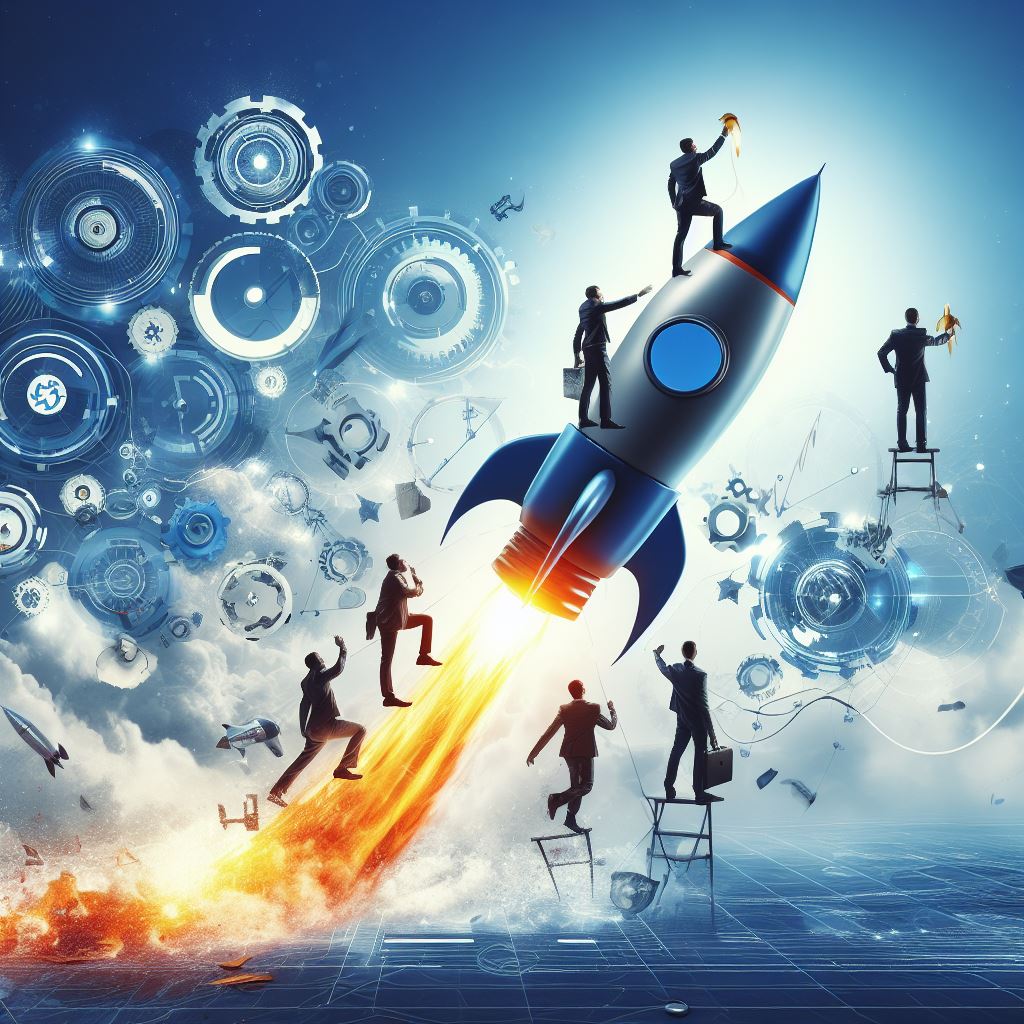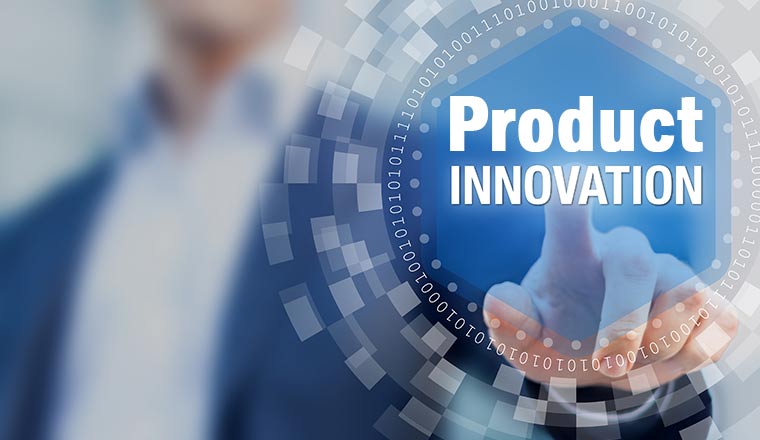Traditional methods for developing logos, marketing materials, and product designs often require lengthy iterative processes. However, the integration of AI generative capabilities with collective intelligence is transforming this space, enabling design teams to produce more tailored and innovative results with remarkable efficiency.
The Power of Generative AI in Branding
Generative AI is revolutionizing the creative process by providing a starting point for design and visual concepts. Through advanced algorithms and machine learning, AI can analyze market trends, consumer preferences, and historical data to propose visual concepts for logos, product packaging, and promotional materials. These AI-generated designs are not random; they are informed by vast data sets that allow the technology to understand patterns, predict trends, and align with brand-specific needs. For instance, an AI model might generate product packaging concepts that reflect eco-friendly trends or minimalist designs based on recent consumer behavior.
One of the most significant advantages AI brings to branding and packaging is speed. It can generate multiple creative concepts in a fraction of the time it would take a human team to start from scratch. This enables businesses to explore a broader range of possibilities without stretching their resources or budgets. Moreover, AI offers data-driven insights, ensuring that the designs it generates are not only aesthetically appealing but also aligned with market demands.
The Role of Collective Intelligence
While AI is a powerful tool for generating ideas, it lacks the nuanced understanding and emotional intelligence that human designers and marketers bring to the table. This is where collective intelligence comes into play. Collective intelligence refers to the combined knowledge and expertise of individuals within a team, organization, or even from external stakeholders such as clients or focus groups.
By integrating feedback from various contributors, businesses can refine the AI-generated concepts to ensure they meet technical, aesthetic, and commercial requirements. Design teams can collaborate with marketing, product development, and sales teams to adjust proposals according to brand guidelines and business objectives. External stakeholders can also provide feedback to ensure that the designs resonate with target audiences.
This collaborative process enhances the initial AI output, turning raw, machine-generated concepts into polished designs that are practical, functional, and market-ready. For instance, an AI-generated logo may capture the essence of a brand but might require tweaks to align with brand colors or specific design principles. Through collective intelligence, these adjustments can be made swiftly, creating a seamless synergy between AI and human creativity.
A New Workflow: AI + Human Collaboration
The workflow that emerges from this combination of AI and collective intelligence is highly efficient and iterative. Initially, AI generates a variety of visual concepts based on predefined criteria. These concepts are then shared with design teams and other stakeholders for review and refinement. Throughout this process, feedback is continuously integrated, and new versions of the design are generated, leading to a final product that is both innovative and strategically aligned with the brand’s vision.
This approach also enables businesses to involve a broader range of perspectives in the creative process, which can lead to more diverse and inclusive designs. By fostering a culture of collaboration, companies can ensure that their branding and packaging appeal to a wider audience, ultimately leading to increased market relevance and stronger brand loyalty.
The Strategic Edge of Platforms like MARYLINK
Platforms such as MARYLINK exemplify the potential of combining generative AI with collective intelligence. MARYLINK allows users to generate visual content using AI and refine it through feedback from community members or internal teams. With a structured workflow for generating, sharing, and enhancing design concepts, MARYLINK facilitates faster, more creative, and more relevant branding and packaging development.
The platform offers distinct spaces for drafts, shared projects, and official versions, ensuring that teams can iterate freely while maintaining clarity and control over the final output. This streamlined process not only accelerates time to market but also enhances the quality of the final product, providing companies with a competitive edge.
Conclusion
By combining the creative power of generative AI with the collective intelligence of design and marketing teams, companies can unlock new levels of innovation in branding and packaging. This approach accelerates the creative process, ensures market relevance, and enhances collaboration across teams and stakeholders. Platforms like MARYLINK are at the forefront of this transformation, offering businesses the tools they need to stay ahead in a highly competitive market.




